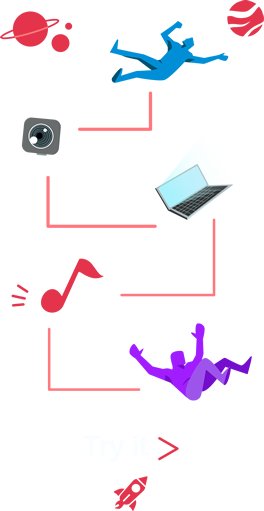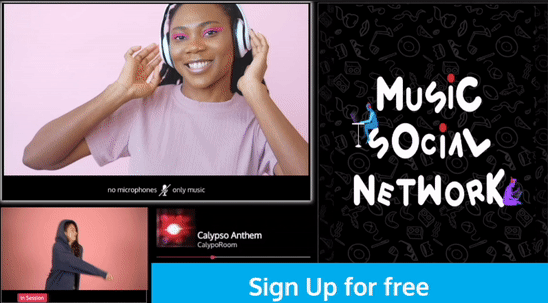The role of music in LGBTQ+ activism: a historical perspective
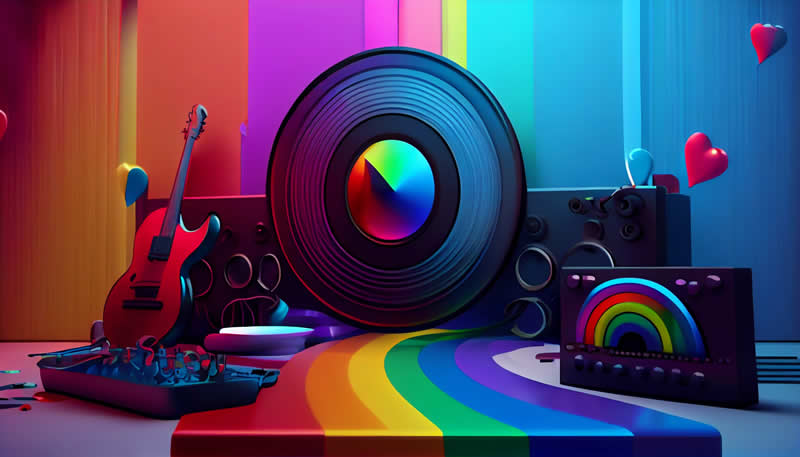
Table of content
The role of music in LGBTQ+ activism: a historical perspective- Introduction
The LGBTQ+ community has long placed a high importance on music, which may be used as a tool for action or as a method of expression in many contexts.
The impact of music has been recognized as an important factor in the struggle for LGBTQ+ rights throughout history.
It is crucial to examine how music has benefitted this community given the growing acceptance of the LGBTQ+ community around the world nowadays.

You will understand better how music has contributed to the ongoing struggle for equality by learning about the historical background of music in the LGBTQ+ movement.
This post will certainly motivate and inspire you to keep fighting for a more welcoming and inclusive society, whether you are an ally or a part of the LGBTQ+ community.
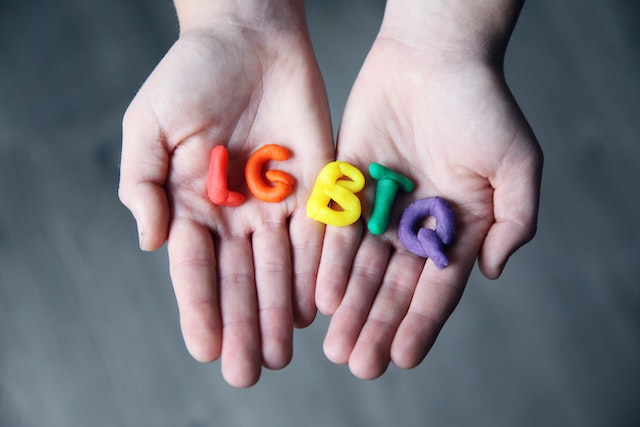
Early history of music in LGBTQ+ activism
The Stonewall Riots of 1969 and the development of the contemporary LGBTQ+ rights movement were two major turning points for the LGBTQ+ community throughout the 1960s and 1970s.
During this period, music was crucial to the struggle for acceptance and equality.

"Lavender Country" by Patrick Haggerty and "Born This Way" by Carl Bean are two of the most recognizable protest songs from this time period.
These songs, which made strong declarations of LGBTQ+ identification and pride, inspired the community to strive for equal rights.

LGBTQ+ people could come together during pride celebrations and dance to queer artists' music, celebrating their identity and seeking comfort in the presence of others who understood what they were going through.
Early LGBTQ+ music activism cleared the path for future generations to utilize music to advance LGBTQ+ rights and set the foundation for the use of music as a social justice instrument.
Music and the AIDS crisis
With thousands of individuals passing away from the disease, the AIDS pandemic of the 1980s and 1990s was a sad time for the LGBTQ+ community.
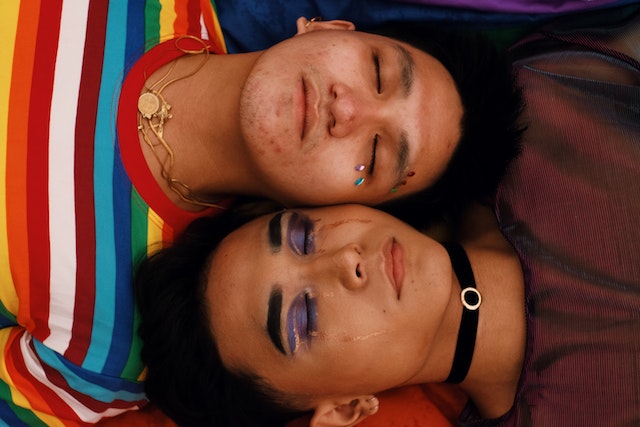
During this period, music was extremely important in promoting awareness of and raising funds for HIV/AIDS research.

For instance, Freddie Mercury, the lead singer of Queen, helped to de-stigmatize the illness when he openly disclosed that he had HIV.
With charity events and benefit performances, other performers like Elton John and George Michael gained awareness and money.
The compilation CDs released by "The Red Hot Organization" serve as a shining example of music created in response to the AIDS pandemic.
Some of the biggest stars in music came together for these CDs to promote awareness and raise money for HIV/AIDS research.
Artists including U2, Annie Lennox, and K.D. Lang covered Cole Porter songs for the debut album, “Red Hot + Blue."
The popularity of this album inspired the creation of "Red Hot + Dance" and "Red Hot + Riot," among other compilations.
Reduced stigma and promoted education and prevention thanks to the use of music to raise cash and awareness for HIV/AIDS research.
Readers may acquire a better understanding of the role music has played in the ongoing struggle for LGBTQ+ rights and acceptance by exploring the musical reactions to the AIDS epidemic.
Music and the fight for LGBTQ+ rights
Music was essential to the battle for equality as the LGBTQ+ movement developed in the 2000s and 2010s. Several singers have advocated for greater acceptance by promoting LGBTQ+ rights on their works.
One noteworthy instance is the song "Same Love" by Macklemore, which discussed LGBTQ+ and marriage equality problems.
As a result of the song's cultural phenomenon, mainstream audiences were made more aware of the issue and encouraged to embrace it.
Similar to this, Lady Gaga has actively supported LGBTQ+ rights and has utilized her position and songs to further inclusiveness and equality.
It is impossible to underestimate how music affects how the general public views LGBTQ+ issues.
Listeners are more inclined to support and advocate for the LGBTQ+ community if they hear messages of love, acceptance, and equality in music.
As a result, LGBTQ+ people are now more widely visible and accepted in society.
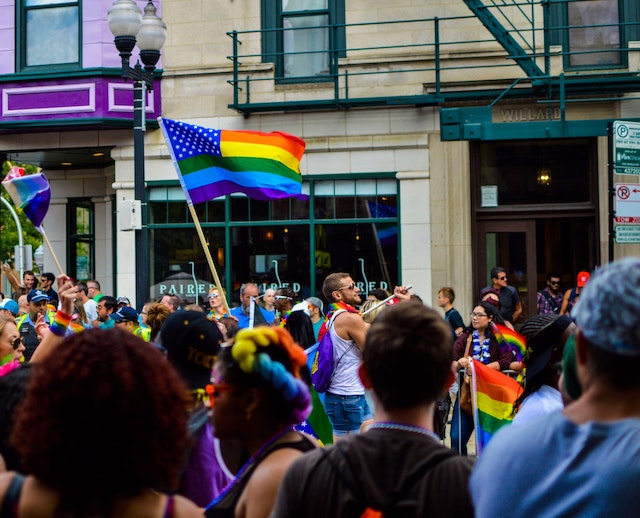
Music as a means of LGBTQ+ expression
Many LGBTQ+ individuals have found that music is a powerful form of self-expression and a way to connect with others in the community.

Just a few examples of LGBTQ+ musicians who have used their music as a tool for advocacy and self-expression are Troye Sivan, Frank Ocean, and Hayley Kiyoko.
Using their position, these artists have been able to successfully promote LGBTQ+ visibility and develop a sense of community among their audience.
The importance of music to LGBTQ+ culture cannot be underestimated. LGBTQ+ individuals have utilized music to establish connections with people who share their identities and experiences, and music has been essential in creating a feeling of community.
During events ranging from dance parties and concerts to pride celebrations and festivals, music has played a significant role in LGBTQ+ culture and contributed to the development of a sense of belonging and acceptance.
Readers could gain a better understanding of the significance of LGBTQ+ visibility and acceptance by looking at the various ways that music has been utilized to foster self-expression and community.
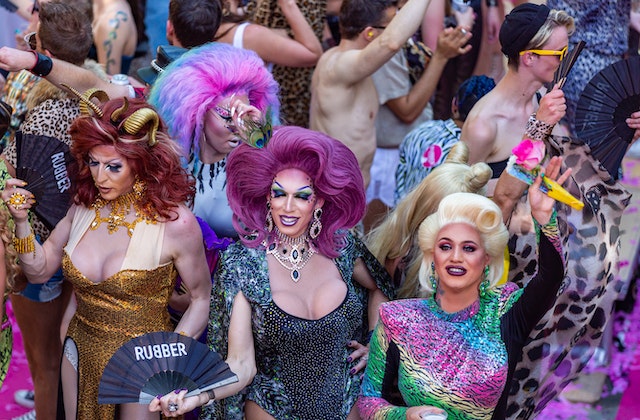
Be yourself on CalypsoRoom
CalypsoRoom is a welcoming platform that enables people with similar backgrounds and musical tastes to communicate and socialize while listening to the same music via webcams.
Everyone can be themselves and have a sense of belonging thanks to this, which promotes self-expression and inclusivity.
CalypsoRoom is an essential tool for fostering a sense of belonging and inclusion in the LGBTQ+ community and beyond, since it allows users to engage with like-minded individuals and freely express themselves via music.
The role of music in LGBTQ+ activism - Conclusion
In conclusion, it cannot be denied that music has historically played a significant part in LGBTQ+ advocacy.
Music has always been an effective tool for promoting understanding, promoting acceptance, and building community all around the world in many cultures.
As long as LGBTQ+ people continue to strive for equality and representation, music has a significant place in the community and they can certainly get the best out of its power.
In fact, musicians and artists continue to use their positions to advance LGBTQ+ inclusiveness and visibility because music is a vital part of building community and honoring LGBTQ+ people.
Thanks for reading,
CalypsoRoom Team
Frequently Asked Questions
What is the history of music in LGBTQ+ activism?
Throughout the 1960s and 1970s, protest songs and musical performances were utilized to spread awareness and encourage acceptance, beginning the history of music in LGBTQ+ activism. Music has been crucial in the struggle for LGBTQ+ rights over the years, particularly during the AIDS epidemic of the 1980s and 1990s and the ongoing push for equality and representation.
How has music impacted the LGBTQ+ community?
Music has had a significant influence on the LGBTQ+ community since it has been utilized to spread awareness, foster community, and enable self-expression. Through their positions, artists have advocated for LGBTQ+ rights, raised awareness, and encouraged inclusivity.
What are some examples of music in LGBTQ+ activism?
Throughout the years, there have been several instances of music being used in LGBTQ+ activism, such as protest songs like "We Shall Overcome" and "Born This Way," musical performances at pride celebrations, and compilation albums like the Red Hot Organization's series of HIV/AIDS charity albums.
How can I support LGBTQ+ musicians and artists?
You can assist LGBTQ+ musicians and artists by purchasing their records, going to their shows, and listening to their music. In order to support them in amplifying their voices and advancing diversity in the music business, you can also follow them on social media and spread the word about their efforts.
back
Written by CalypsoRoom Editorial Team
The CalypsoRoom Editorial Team is a skilled and diverse group of writers, researchers, and industry specialists who have access to Calypso's data and information in order to give you broad knowledge about the music industry as well as helpful advice to help you manage your music and dancing career.
Updated March 2023
Company number: 681223
James's Walk 31, Dublin, Ireland
contact@calypsoroom.com
+353 (89) 435 8928


